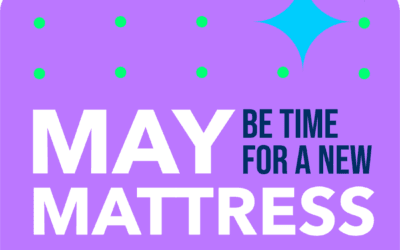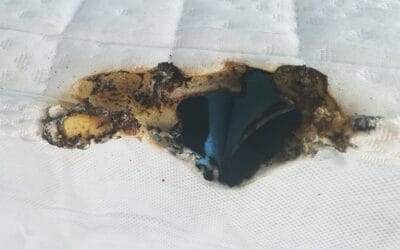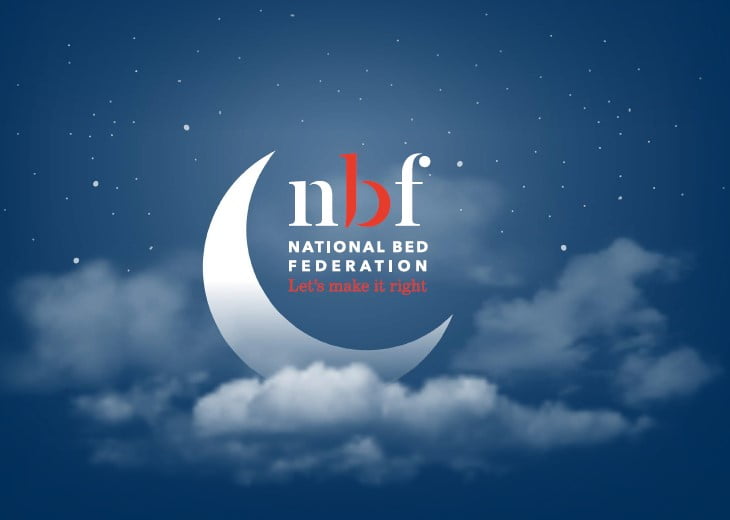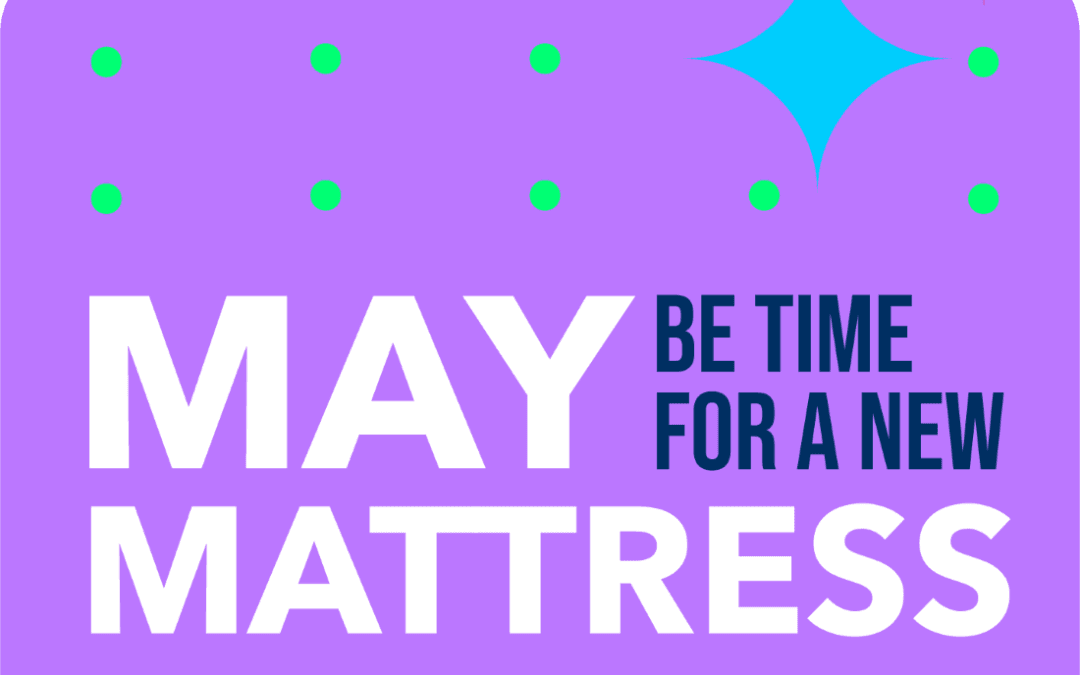Local authorities are struggling with old mattress collections, bedsteads are enjoying a resurgence and foam mattresses overtake pocket springs in the popularity stakes.
According to the National Bed Federation (NBF)’s latest – the 16th – annual consumer survey of 1000 adults who bought a new mattress or bed in the last 12 months*, just 10% had their old mattress collected by their local council, compared with 15% two years ago and 11.5% in 2023.
Fortunately, the industry is taking up some of the slack: 17% reported having their old mattress taken away by the company delivering their new one, up from 14% – although it was the over 55s who were more likely to opt for this, perhaps happier to pay for the convenience.
A fifth still make the effort to lug it themselves to their local tip!
Bedsteads are enjoying a renaissance: 27% of all purchases were mattresses and bedsteads together, up from 24.5% in 2023 and 22% in 2022. They are especially popular with the 16-24-year-old age group, 43% choosing them; and 25-34-year-olds (37.5%). But older age groups have lost interest, only 15% of the over 55s opting for this combination (down from 22% in 2023).
Roll-up mattresses continue to lose favour year-on-year, only 24% choosing this option compared with 27% two years ago.
Meanwhile, foam mattresses saw an increase from 38% to 43% of the total, with pocket spring options slipping to second place (42%). The age split of younger buyers opting for foam and the over 55s for pockets still holds. Memory foam crept up from 45% to 48% as the comfort layer of choice, while natural fillings account for less than 10%.
Mattress-only purchases top the bill at 55% (up from 53% last year) while divan sets slumped to just 17% of the total compared to 21% last year.
Prices have not shifted much since last year, despite inflationary pressures. The mean price paid across all sizes and types was £595, up from £565, with the vast majority – 76% – spending up to £799 and 43% (down from 46%) paying less than £400.
The vast majority of consumers – 73% – gamely said they would pay more for a ‘greener’ mattress which would not end up in landfill at the end of its life. But the cost of living crisis is having its effect on just how much – which was never very encouraging. 31% said they would pay up to 5% more; 40% between 6 and 10% and just 17% (down from 19%) said they would pay between 11 and 15% more.
Add-on sales all saw an encouraging uptick of two or three percentage points. Almost two-thirds (64%) buy pillows, 63% duvets and sheets, and 49% mattress protectors.
Buying habits reveal the over 55s becoming increasingly tech savvy, 55% of the over 55s choosing to purchase online. However, overall, online purchases have dropped from 58% to 51%, with just 48% of 16-24-year-olds choosing that method, while in-store sales have climbed from last year’s 35% to 44%.
Online marketplace platforms such as Amazon, Facebook, eBay or Groupon seem to have fallen out of favour, with just 9% choosing these to shop at, down from 13% last year. National furniture/ homeware stores (IKEA, John Lewis, M & S, DFS, Dunelm etc) and national bed specialists (Dreams, Bensons etc) each accounted for around a fifth of all bed purchases, with local independents running at 15%. Bed-in-a-box online brands accounted for 7%. There is still a small but worrying 2% purchasing from ‘back of van’ traders!
Gratifyingly, visibility of the NBF logo before, during or after the consumers’ purchasing journey continues to rise – now standing at 51% compared with 32% two years ago and 40% last year. It remains highest among the younger age groups – perhaps because the vast majority of NBF branding is online and on social media.
ENDS
*The NBF Consumer Bed Buying Survey was conducted by Censuswide in June 2024, based on a sample of 1,000 people who had purchased a bed or mattress in the previous 12 months.











